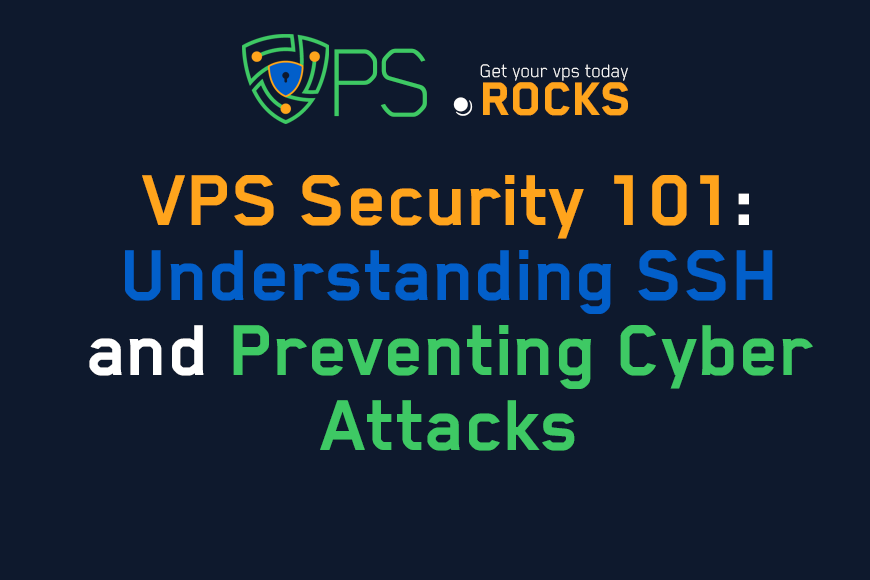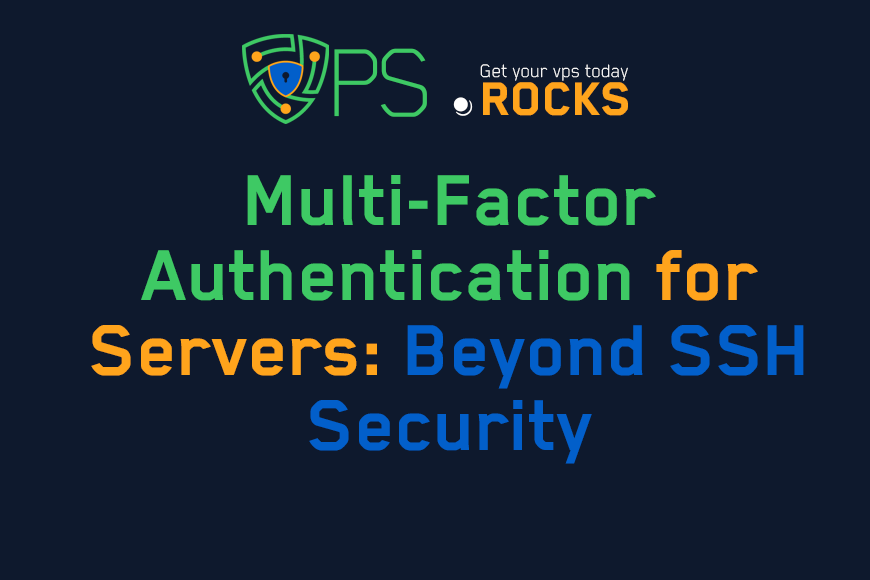
VPS Security 101: Understanding SSH and Preventing Cyber Attacks
Content Tree
Imagine this: Your e-commerce site suddenly goes offline. Panicked, you check your server logs only to find unauthorized transactions, deleted databases, and a chilling message: “Pay $50,000 to restore your data.” This nightmare scenario happened to a Midwest-based retailer last year—all because of a compromised SSH connection.
SSH (Secure Shell) is the digital equivalent of a bank vault door for your server. Yet, 63% of cyberattacks targeting small businesses exploit misconfigured SSH access (IBM Security, 2023). Let’s transform your SSH setup from vulnerability to fortress.
What Exactly is SSH? (And Why It’s Your Server’s Best Friend)
Think of SSH as a secret tunnel between your computer and your VPS. Unlike regular internet traffic (which is like sending postcards anyone can read), SSH encrypts everything into indecipherable code—even if intercepted, hackers only see digital gibberish.
Key SSH Capabilities:
- Secure Remote Access: Manage servers from anywhere without physical access
- File Transfers: Safely move sensitive data using SFTP/SCP
- Port Forwarding: Create encrypted pathways for other services
- Command Execution: Perform maintenance tasks securely
Why SSH Security Matters More Than Ever
A 2024 Ponemon Institute study found that companies with strong SSH practices reduced breach costs by 37% compared to those with basic configurations. Here’s why SSH is critical:
- Encryption Strength
SSH uses military-grade encryption (like AES-256) to scramble data. Without the proper “key,” intercepted data is useless to attackers. - Authentication Integrity
Proper SSH setup verifies both the server’s identity and the user’s credentials, blocking impersonation attempts. - Compliance Requirements
Regulations like PCI DSS and HIPAA mandate SSH protections for sensitive data handling.
The Building Blocks of SSH Security
1. Encryption Algorithms: Your First Line of Defense
Comparison Table: Modern SSH Encryption Options
| Algorithm | Security Level | Speed | Compatibility |
|---|---|---|---|
| AES-256 | Military-grade | Fast | Universal |
| ChaCha20 | High | Faster | Modern systems |
| 3DES | Legacy | Slow | Older devices |
Best Practice: Use AES-256 for most operations, with ChaCha20 as a backup for compatibility.
2. Authentication Methods: Keys vs Passwords
Password Authentication
- Pros: Simple to set up
- Cons: Vulnerable to brute-force attacks
SSH Key Authentication
- Pros: Nearly unbreakable with proper management
- Cons: Requires careful key rotation
Visual Concept: Diagram showing key-based authentication flow (client generates key pair → public key uploaded to server → private key unlocks access)
3. Port Management: Beyond Default Port 22
While port 22 is standard, changing your SSH port:
- Reduces automated attack attempts by 83% (SANS Institute, 2023)
- Requires updating firewall rules and monitoring tools
5 Deadly SSH Security Mistakes (And How to Fix Them)
- Password-Only Access
Fix: Disable password authentication entirely after setting up SSH keys - Outdated SSH Versions
Fix: Always use OpenSSH 8.9+ with modern protocol support - Neglected Key Rotation
Fix: Implement quarterly key rotations with automated tools - Root Login Enabled
Fix: Create a sudo user and disable root SSH access - No Fail2Ban Protection
Fix: Install intrusion prevention to block brute-force attempts
SSH Security Implementation Guide: A Step-by-Step Checklist
Step 1: Generate SSH Keys
ssh-keygen -t ed25519 -a 100 # Creates modern Ed25519 key pair
Step 2: Harden SSH Configuration
Edit /etc/ssh/sshd_config:
Port 2222 # Change from default 22
PermitRootLogin no
PasswordAuthentication no
MaxAuthTries 3
Step 3: Enable Security Tools
- Fail2Ban: Blocks IPs after failed attempts
- SSH Audit: Scans for vulnerabilities
- MFA Plugins: Add multi-factor authentication
Step 4: Continuous Monitoring
Set up alerts for:
- Unusual login times
- Geographic anomalies
- Multiple failed attempts
SSH Security FAQ: Your Top Questions Answered
Q: Can SSH be hacked if properly configured?
A: While no system is 100% secure, properly configured SSH with keys and monitoring makes breaches extremely unlikely.
Q: How often should I rotate SSH keys?
A: Every 90 days for high-security environments, 6 months for standard setups.
Q: Is changing the SSH port enough protection?
A: No—it’s just one layer. Combine with keys, firewalls, and monitoring.
Q: What’s better—RSA or Ed25519 keys?
A: Ed25519 offers better security and performance for modern systems.
Action Plan: Next Steps for SSH Security
- Audit Existing Setup
Run ssh-audit your-server-ip to identify vulnerabilities - Implement Key-Based Access
Follow our step-by-step configuration guide - Schedule Regular Reviews
Add SSH security checks to your monthly maintenance routine
"VPS Security 101: Understanding SSH and Preventing Cyber Attacks"
VPS.Rocks





